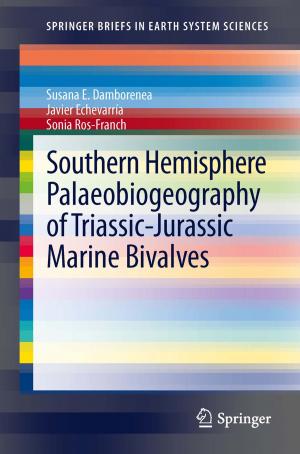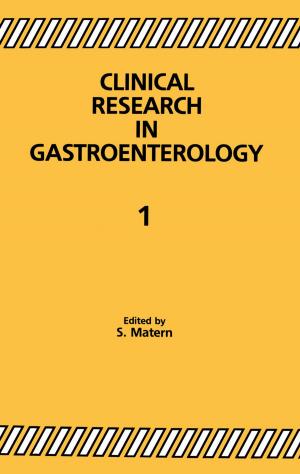Scientific Sources and Teaching Contexts Throughout History: Problems and Perspectives
Nonfiction, Religion & Spirituality, Philosophy, Epistemology, Science & Nature, Science, Other Sciences, History| Author: | ISBN: | 9789400751224 | |
| Publisher: | Springer Netherlands | Publication: | November 26, 2013 |
| Imprint: | Springer | Language: | English |
| Author: | |
| ISBN: | 9789400751224 |
| Publisher: | Springer Netherlands |
| Publication: | November 26, 2013 |
| Imprint: | Springer |
| Language: | English |
This book examines the textual, social, cultural, practical and institutional environments to which the expression “teaching and learning contexts” refers. It reflects on the extent to which studying such environments helps us to better understand ancient or modern sources, and how notions of “teaching” and “learning” are to be understood.
Tackling two problems: the first, is that of certain sources of scientific knowledge being studied without taking into account the various “contexts” of transmission that gave this knowledge a long-lasting meaning.
The second is that other sources are related to teaching and learning activities, but without being too precise and demonstrative about the existence and nature of this “teaching context”. In other words, this book makes clear what is meant by “context” and highlights the complexity of the practice hidden by the words “teaching” and “learning”. Divided into three parts, the book makes accessible teaching and learning situations, presents comparatist approaches, and emphasizes the notion of teaching as projects embedded in coherent treatises or productions.
This book examines the textual, social, cultural, practical and institutional environments to which the expression “teaching and learning contexts” refers. It reflects on the extent to which studying such environments helps us to better understand ancient or modern sources, and how notions of “teaching” and “learning” are to be understood.
Tackling two problems: the first, is that of certain sources of scientific knowledge being studied without taking into account the various “contexts” of transmission that gave this knowledge a long-lasting meaning.
The second is that other sources are related to teaching and learning activities, but without being too precise and demonstrative about the existence and nature of this “teaching context”. In other words, this book makes clear what is meant by “context” and highlights the complexity of the practice hidden by the words “teaching” and “learning”. Divided into three parts, the book makes accessible teaching and learning situations, presents comparatist approaches, and emphasizes the notion of teaching as projects embedded in coherent treatises or productions.















